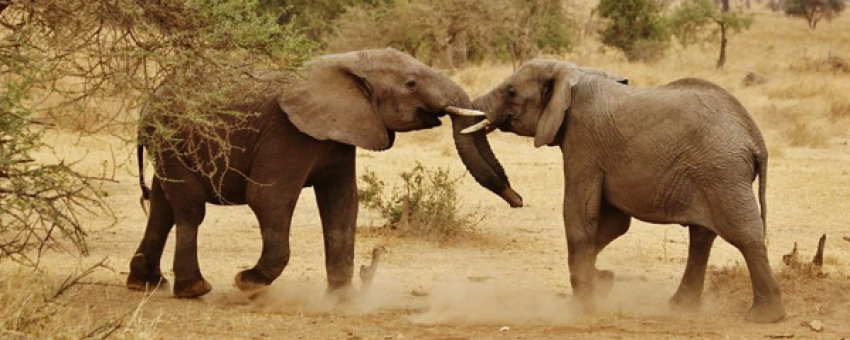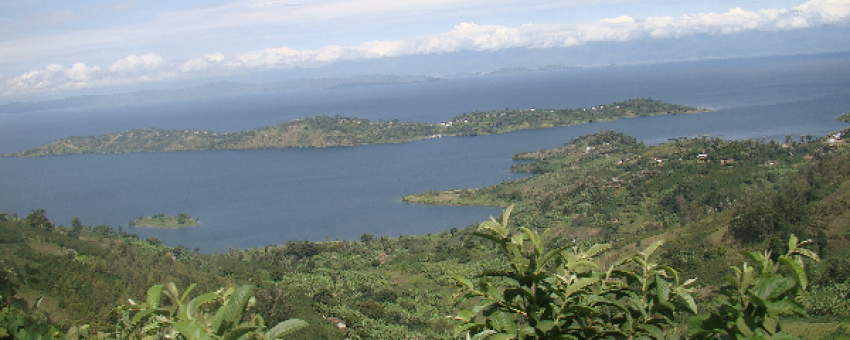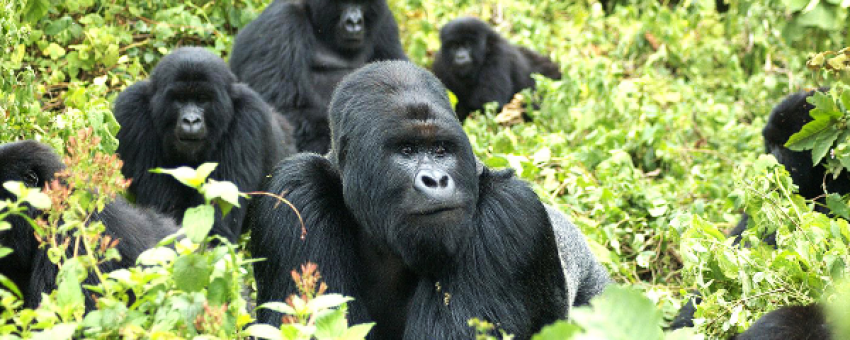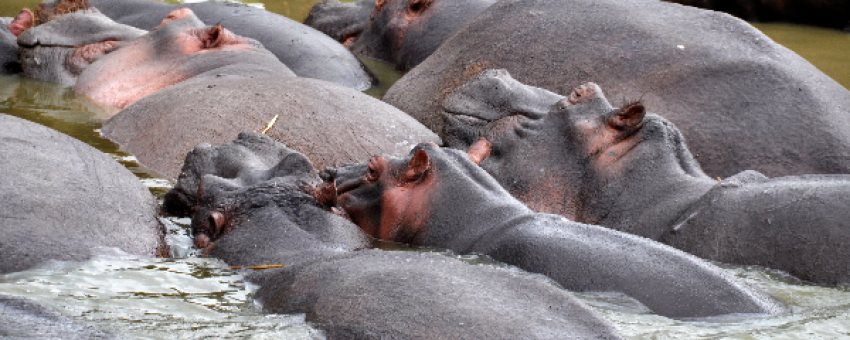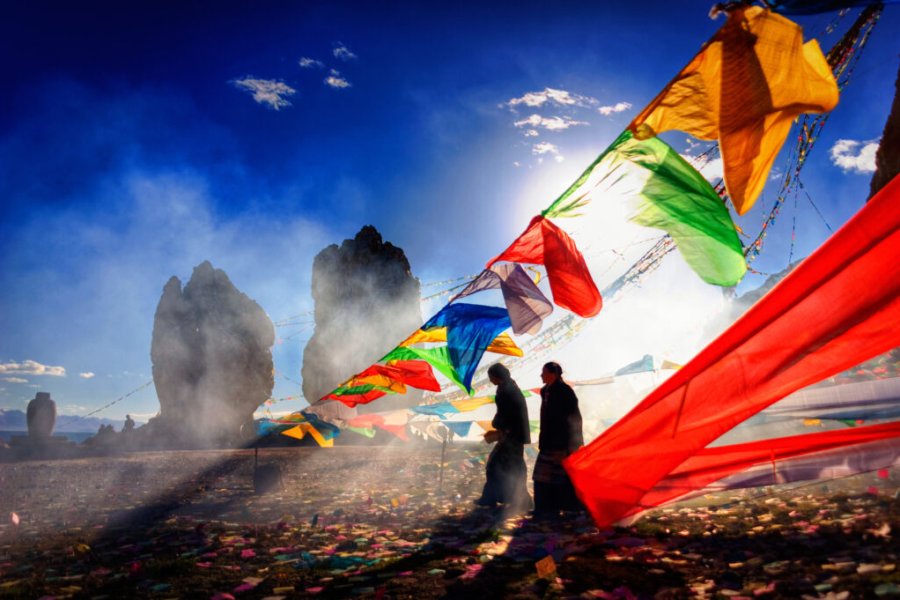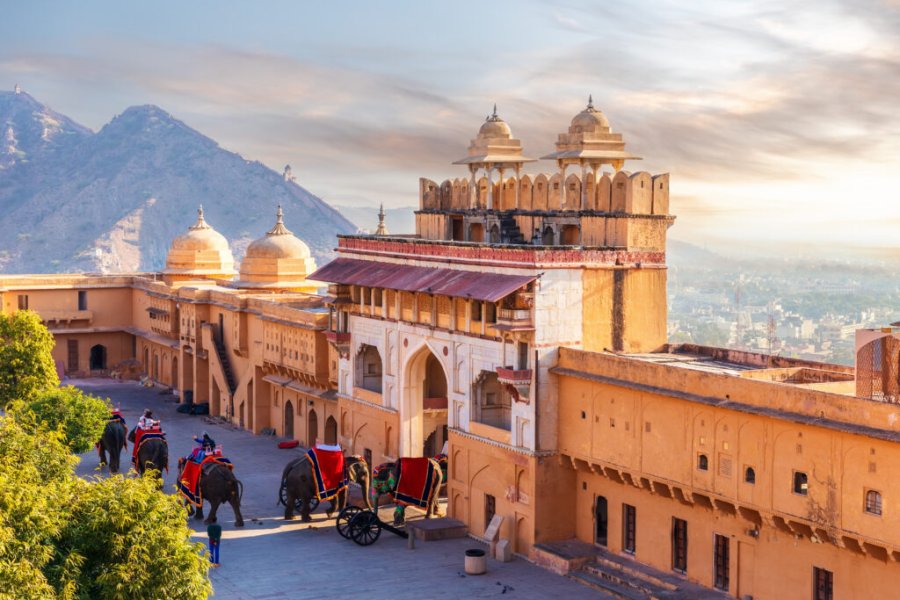GREAT LAKES AFRICA
Highlights of the trip
During your stay you can enjoy the following highlights: Faune and flora, Discovery, Nature travel, Multi-destination stay, Great classics.
Best months to go
The best time(s) to go is/are : Janvier, Février, Mars, Avril, Mai, Juin, Juillet, Août, Septembre, Octobre, Novembre, Décembre.
You can go all year round.
How to get there?
You can get there by Plane.
MAPENDANO VOYAGES
From 3950€ / person
Travel suitable for :
Detail of the stay : GREAT LAKES AFRICA - 16 days
ARRIVEE IN ENTEBBE
Steps: Entebbe
The approach to Entebbe airport, over a string of islets dotted in the laughing waters of Lake Victoria, is spectacular. Transfer to the hotel.
ENTEBBE - MABAMBA SWAMP - KIBALE FOREST

Steps: Marais De Mabamba
As soon as we leave the hotel, we are plunged into the eternally green equatorial Africa with its luxuriant vegetation. The road follows the shore of the lake, becomes a track and forks towards the nearby Mabamba swamp. Morning dedicated to the search for the shoebill stork in the Mabamba swamp. The shoebill stork (balaeniceps rex), a unique member of its species, is among the largest species in Africa. It is known to be the most sought after bird on the continent. It is undoubtedly the most extraordinary bird to discover in Uganda.
As its name suggests, its beak is hoof-shaped, with a sharp hook at the end. High on its feet, with an impressive wingspan, a blue-grey plumage covers its whole body; large yellow eyes accentuate its primitive appearance.
Its longevity reaches 25 years, 36 according to other sources. The shoebill is found in marshes where papyrus and other reeds grow. On the shores of Lake Victoria, Mabamba is a fascinating place to take guests by dugout
After lunch, drive to the Kibale forest. Today, we will get to know the deepest Uganda, that of the countryside and the villages crossed by a sinuous laterite track. Arrival at the outskirts of the Kibale forest.
CHIMPANZEES OF KIBALE - BIRDS OF BIGODI SWAMP

Steps: Kibale Forest National Park
Early in the morning, walk with a guide and trackers through the Kibale Rainforest, bordered by swamps and grasslands. It is home to a wide variety of primates (over 12 species recorded) including chimpanzees and colobus. It is also home to over 325 species of birds. It is one of the best places to see these primates. In the middle of the afternoon, spend a few hours walking on the trails that crisscross the Bigodi Swamp to admire its many bird species.
EXPERIENCE CHIMPANZES HABITUATION

Steps: Kibale Forest National Park
in the morning after your breakfast, drive to the park for the chimpanzee habituation experience, accompanied by a park guide. Three groups of chimpanzees have been habituated to human visitors. We will try to alternate approaches in the morning and afternoon, allowing for more varied observations.
PARC NATIONAL DE QUEEN ELIZABETH

Steps: Queen Elizabeth National Park
Early in the morning, departure for Queen Elizabeth National Park. This magnificent national park, in the middle of the rift, encompasses Lakes Edward and George, connected by the natural Kazinga Channel, which we will explore the next day by boat. Extinct volcanoes, crater lakes, swamps and grassy plains make up the different biotopes of the reserve. There are more than 500 species of birds, many of which we will discover while descending the outlet where buffaloes and elephants come to quench their thirst. On the hills overgrown with candelabra, Ugandan cobs, unctuous cobs and hylochers are numerous. After lunch, safari in the park.
QUEEN ELISABETH PARK - BOAT ON THE KAZINGA CANAL

Steps: Queen Elizabeth National Park
In the morning, safari in the park. After lunch, go for a boat cruise along the 36 km long kazinga channel, where the concentration of water birds is extraordinary. The canal is one of the remarkable sites of the national park because it attracts a large number of animals and birds migratory or perennial.
CHIMPANZEES DE KYAMBURA - FORET DE BWINDI

Steps: Queen Elizabeth National Park
Morning discovery of the chimpanzees of the Kyambura Gorge, then drive to the southwest of the country. Arrival at Bwindi Park. Located in southwestern Uganda, at the junction of lowland and mountain forests, Bwindi Park covers more than 32,000 ha and is rich in biodiversity with more than 160 species of trees and over 100 species of ferns. It is also home to many species of birds and butterflies, as well as several endangered species, including the famous mountain gorilla.
GORILLA TREK IN THE IMPENETRABLE FOREST OF BWINDI :

Steps: Forêt Impénétrable De Bwindi
the first light of dawn tears through the fog hanging on the mountain peaks with their luxuriant vegetation. In the Bwindi National Park, with the help of a guide and trackers, we start our search for mountain gorillas. Vegetarians, loving humid forests, families of 8 to 20 individuals include a dominant male, adult females and several adolescents. The silverback male can reach a weight of 250kg and a height of 1.70m.
GORILLA EXPERIENCE - HABITUATION

Steps: Forêt Impénétrable De Bwindi
Gorilla trekking, habituation experience, during 4 hours you will observe the debonair and peaceful anthropoids of a family feeding in their vegetal universe. Intense moment, unique moment.
BWINDI FOREST - VOLCANOES PARK
Free morning in the region of lakes Mutanda and Mulehe then road to Rwanda, with an unforgettable view on the whole chain of volcanoes. Night in Rwanda.
THE NATIONAL PARK OF VOLCANOES - GISENYI ( LAKE KIVU )

Steps: Parc National Des Volcans
Covering an area of 160 km² in the northern part of Rwanda, Volcanoes National Park is part of the larger Virunga Volcano Conservation Area, which uniformly covers Virunga, Congo, and Mgahinga national parks in Uganda.
Optional activities to choose from:
- Climbing Bisoke Volcano (3711m): this volcano is mythical for its diversity of flora and fauna. Its last known eruption dates from 1957. This last one formed 2 small cones on the northern flank. Climbing the Bisoke is also the privilege to cross the area where Dian Fossey worked for years with gorillas.
- Visit Dian Fossey's grave: she is buried under a stone bearing the inscription Nyiramachabelli, which means "the loner of the forest". Her grave is located in the middle of the gorillas she studied. She is buried next to Digit, a silverback gorilla she cherished, who died eight years earlier.
- Meet the golden monkeys: The observation of golden monkeys is very different from a gorilla trekking: these small primates react and interact in a distinct way, they love to play hide-and-seek for the great pleasure of the visitors.
In the late afternoon, departure for Gisenyi on the shores of Lake Kivu.
LAC KIVU DE GISENYI - KIBUYE

Steps: Gisenyi Rubavu
A good track goes along the magnificent Lake Kivu (1460m), goes up to more than 2000m and offers grandiose views on the hundreds of islands which are cut out on its shimmering surface. In the afternoon, discovery by boat of the beauty of the small bay and the surrounding islands. Night at Kibuye on the lake...
LAKE KIVU - NYUNGWE FOREST - COLOBUS MONKEYS

Steps: Parc National De Nyungwe
After a few hours of enjoying the clear and pure water of the lake, we continue south towards the Nyungwe forest. Arrival at the hotel for lunch. In the afternoon, discovery of a group of colobus angolensis.
GUIDED WALK IN THE NYUNGWE FOREST AND CANOPY

Steps: Parc National De Nyungwe
Hike in the Nyungwe forest under the thick tropical canopy which abounds in more than a hundred species of orchids. Discovery of a grandiose and original plant world, home to a large number of primates. Afternoon walk on bridges suspended above the canopy.
NYUNGWE- KIGALI DRILL

Steps: Butare Huye
Departure for Kigali. On the way, visit of the ethnographic museum of Rwanda and lunch. Then drive to Kigali.
KIGALI- DEPART
Steps: Kigali
After lunch visit of the city of Kigali and visit of the genocide memorial. Lunch in town. Transfer to the airport and return flight.
